|
In recent news President Donald Trump has denounced, via his twitter page, his own political party for their plans to remove the ban prohibiting imports of elephant trophies from Zimbabwe. This highly contentious topic is so multi-faceted it is hard to make sense of, so here we will try to give a simplified view of both sides of the discussion. The ban has been halted to both Zimbabwe and Zambia but we’ll mainly focus on Zimbabwe. To keep matters simple we will not mention lion trophies in this article, we’ve spoken about the illegal trade of this species in a previous blog post. To start it is important to know an elephant trophy is not a specified item. It can be the head or any other part of the body, for instance the tail or a foot of the animal. Many people in the US are not aware that the import of ivory into the US is lawful providing the correct documentation proving it is a sport-hunted trophy is provided. Sport-hunting of many animal species in Africa – including elephant – is legal. However, onward sale of the trophy once in the US is not allowed. In 2014 the Obama administration banned the import of elephant trophies from both Zimbabwe and Zambia. This was due to their poor records of elephant data and numbers and regulation of the hunting industry. A survey of the African continent’s elephant numbers published in 2016 showed the declines in population numbers in both countries. Zambia had a decrease in population numbers of 11% in the decade from 2005-2015, with one National Park’s numbers declining from 900 in 2004 to just 48 in 2015. While Zimbabwe had the second highest population number on the continent in the recent census, the decline was 10%. These percentage declines are greater than the replacement number of breeding elephants (about 6%), and so the total population in each country is declining. The African continent’s total elephant population numbers dropped nearly 30% from 2007 to 2014 – with the total now standing at an alarming 352 000. Causes are thought to be mainly poaching for the illegal wildlife trade and in some cases, habitat destruction. The reason the import ban into the US is so important is because it is the largest importer of trophy hunted animals in the world today. Within that industry from 2005 to 2010 2,963 violations were documented for the import of sport hunted trophies to the country. Just over half were relating to endangered species with only 14 people serving jail time and 546 having to pay fines from $25 to $390,700. With these figures of prosecution there is reasonable chance that a trophy that violates import law will not result in more than a minor fine and so may propagate the illegal wildlife trade. The country with the biggest illegal ivory trade in the world is China. In recent years this country was the largest importer of trophy hunted ivory from Zimbabwe. Many are sceptical that this is not a part of the illegal wildlife trade for which China is infamous. Both Zambia and Zimbabwe have proposed to the US Fish & Wildlife Services (USFWS) that they now have the numbers, the correct means and plans to monitor and maintain their elephant population numbers. This is what led to the Obama-era ban being lifted and the USFWS starting to sell permits for elephant trophy imports from these countries. President Trump has paused the removal of the ban, and thus stopped trophy permit sales, for both countries and many wonder why his administration had gone so far in the plans with him seemingly unaware of the facts. 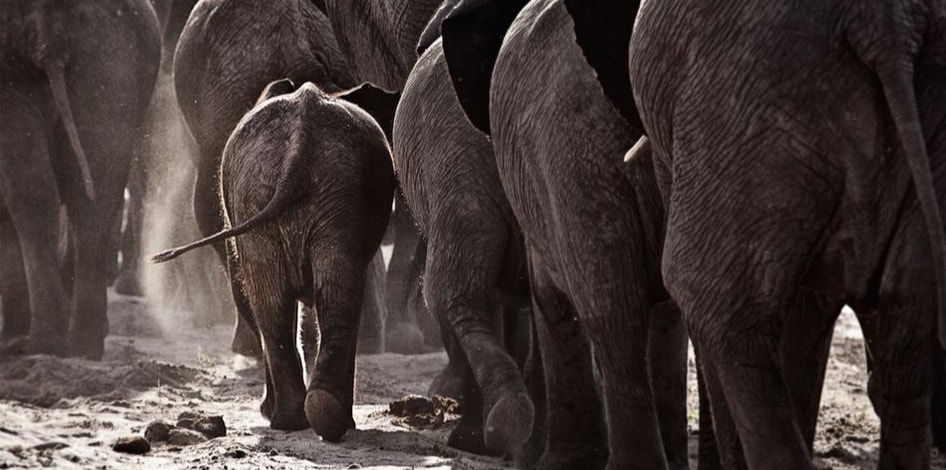 Trophy hunters have been unhappy about the ban the Obama administration introduced. Conservation force, wrote an open letter in June 2017 to the Director of the USFWS to request that the importing of elephant trophies from Zimbabwe should become lawful. The letter was written to appeal the import two specific trophies and they argue that the original ban was “based on erroneous information and misinterpretation of fact and has been from the very beginning”. They have said that the lack of data from Zimbabwe at the time of the decision was due to the US not asking for it and say it was provided after the fact with no reaction. This letter also lays out the basis of the “hunters as conservationists” argument. The hunters provide money to the areas in which they hunt and so to the communities, they provide employment in the industry. A trophy hunt to kill an African elephant can be up to $60,000, in a country where the average monthly earnings is around $350.00. This amount is more than a photographic tourist would pay to visit the area, meaning the number of tourists and the impact on the environment is less. The money is said to not only serve the local communities but also allows large swathes of the continent to be protected natural areas for the animals, areas that are not part of the national parks. Not every animal in a herd will be shot, in fact for trophy hunting they will choose an animal at the end of it’s life, partly for the most impressive trophy, but also as this will have the least impact on the ecosystem. However removing the strongest and biggest animals from the population is contrary to evolution and hunting, with poaching has impacted the gene pools of the populations. The best elephant trophy is the largest with the biggest tusks. This individual will most likely be the most dominant in an area and likely to mate with the most females and pass on superior genetic material. If this male is killed before he has fulfilled his mating potential then there will be less of his genetic information in the gene pool and more of smaller, weaker individuals. This happens repeatedly until there is very little of the ‘large’ genes left and the effects can be seen within the elephant populations now after the big game hunting days of the 1900s. The other important aspect of killing the mature bulls is the impact on the younger bulls. These trophy bulls will be in their late 40s, 50s and even 60’s. They have decades of experience from which younger bulls learn. The social experience is highly important in the same way it is for young humans to learn to behave, learning manners, when to get upset and when not to. There is also ecological knowledge they pass on, for instance where the water is found in a drought and how to get there. Removing that knowledge affects the next generation; it will be damaging to the whole population and eventually will have a drip down effect for years to come. Responsible hunting farms will be sure to manage their populations correctly and ensure the surrounding communities benefit from the business, but the problem comes in with corruption. Africa is rife with corruption and when companies from America try to apply the systems and principles that apply in the US it often falls flat of achieving the desired effects. The systems in Zimbabwe, which are in place to ensure the communities receive money from the legal hunts are in fact managed, whether deliberately or not, so poorly that the local people only occasionally benefit from the hunts. With the local people being so poor and gaining nothing from the elephants but trouble with crop damage, there is little wonder that so many turn to poaching to feed their families.
This is a debate that will no doubt continue into 2018 and we will keep you updated on developments and the repercussions thereof.
0 Comments
*Warning: this blog post contains images that some readers may find disturbing. Lions represent an essential part of the African landscape. As an apex predator, they help maintain healthy ecosystems by keeping prey numbers in check and removing diseased or weak individuals from prey populations, thus improving the overall health of these species. Lions are also of vital economic importance. As a member of the Big Five and a must-see on most tourists’ wishlists, lions and other iconic species are fundamental to South Africa’s tourism success. The total contribution of travel and tourism to the gross domestic product (GDP) of South Africa was R 402bn (9.3% of GDP) in 2016. The travel and tourism sector accounted for 1.5 million jobs or 9.8% of total employment in 2016. In June 2017, South Africa announced the legalised export of 800 skeletons (with or without skulls) from captive bred lions to Asia a year, sparking controversy from conservationists and safari operators who suggest that this decision may threaten lions and jeopardise the tourism industry. Similar to rhino horn, the demand for lion bones is stimulated by traditional medicinal uses in Asian countries. Unlike many other species in traditional Asian medicine, the use of lion bones is a relatively new trend that only became public knowledge about a decade ago. Powdered tiger bones have been used as ingredients in wine for at least 1000 years. Tiger bone wine and cake is believed to have aphrodisiac qualities and cure malaria, arthritis, other bone ailments and rheumatic conditions. No scientific merit has been associated with these claims. Following a steep decline in wild tiger populations, the species received greater protection measures, including a ban on all trade and stricter law enforcement. This provoked the use of bones from other big cats as viable substitutes, including lions, leopards, snow leopards and clouded leopards, with lion bone being the most popular due to their physiological similarities to tigers and the relative ease in accessing bones from South Africa. South Africa is the largest exporter of lion parts to China, Laos PDR and Viet Nam, with bones originating as by-products of the canned hunting industry. In South Africa, between 6000 and 8000 lions and 280 tigers are kept in captivity. Lions are primarily farmed for canned hunting (animals are bred and raised in captivity to be released into the ‘wild’ a short time before a hunt is planned). Paying hunters often keep the skins and sometimes the skulls as trophies. The bones, previously discarded, have now become a source of commercial income and are legal to trade internationally up to a certain quantity with the correct permits. It is probable that tiger bones and lion bones are passed off as one another depending on the sellers availability at that time. Wild lion numbers have declined by 43% in past two decades to an estimated 20000 lions in Africa today. This decline is largely associated with habitat loss but conservationists and leading tourism operators fear that legalised trade in captive lion bones may stimulate further declines in wild populations and discredit South Africa’s reputation as a photo-safari destination. Limited trade in lion body parts bred in captivity is legal but trade in body parts from wild lions is not permitted. Permitting some trade in animal parts can fuel market demand which may lead to poaching of wild lions and tigers, especially since wild animals are preferred over captive felids in traditional medicine. Examples of illegal poaching for lion bone have already been recorded. In early July 2017 three lions were poisoned with Temic laced baits in Limpopo National Park, Mozambique for the lion bone trade.
For more information about the lion bone trade, we recommend the following reports:
*Warning: this blog post contains images that some readers may find disturbing. Many of our guests commence their safari with a basic understanding of rhino and elephant poaching. Nevertheless, they are often keen to learn more and to help if possible. This is especially true after having the opportunity to view these majestic animals up close in their natural environment. What is poaching? Poaching is the illegal taking of wildlife in violation of local, national or international laws (for more on the difference between poaching and hunting, click here). Animals are poached for numerous reasons with dire ecological consequences. Hunting for bushmeat consumption, ornamental use and medicinal purposes, as well as trapping for the pet trade, is threatening 301 terrestrial mammal species with extinction worldwide. Unsustainable local consumption of bushmeat and international trafficking of body parts such as tusks, horns, bones or scales poses a serious risk to wildlife in developing countries where human populations are frequently escalating and poverty is rife. International wildlife trafficking is fuelled by demand from more developed nations. Why does rhino and elephant poaching occur? Rhino horn is used in traditional medicine in China and several other Asian countries. Rhino horn is believed to treat hangovers, impotence, fever and cancer. However, it has been scientifically proven that rhino horn, which is made from keratin, has no medicinal properties. Rhino horn is increasingly used as a status symbol of a person’s wealth and power. Elephants are frequently killed for their ivory tusks which are used for ornaments and jewellery. Despite bans on the international trade in rhino and elephant parts, these species are being killed at astonishingly high rates. The demand for rhino horn is so high that it worth is more than gold pound per pound. High demand of these limited and difficult to acquire products has resulted in intricate international crime syndicates with access to high-powered technology and weaponry. Those conducting the poaching on the ground (and at the most risk of being caught) are often locals whose involvement may be driven by challenging socioeconomic conditions such as poverty and unemployment. Rhino and elephant poaching is frequently associated with African countries, however it is a global epidemic. One horned rhinos in Chitwan National Park, Nepal have been recent victims of poaching. A rhino was killed for its horn in a French zoo earlier this year. This was the first such incident in Europe. What is the current situation for rhinos and elephants? Rhinos There are five species of rhinos in the world and at the end of 2015, it was estimated that there are 30 000 rhinos across all extant species. In Africa, the black rhino is estimated at between 5 042 and 5 458 individuals and the Southern white rhino is estimated at between 19 666 and 21 085 individuals. South Africa has the largest population of rhinos in the world and it is home to 74% of the African rhino population. In 2016, 1 054 rhinos were poached in South Africa alone. This is a rate of nearly three rhinos a day. This is the second year in a row that the number of rhinos poached in South Africa has declined (1 215 in 2014 and 1 175 in 2015), providing some hope of a reversal in trends. In the first six months of 2017, 529 rhinos were poached in South Africa. Although this is 13 less than the same period last year, this rate is still worryingly high. The majority of South Africa’s rhino poaching incidents happen in Kruger National Park. 243 of the 529 rhinos killed between January and June 2017 occurred in Kruger. Reports in 2017 show that rhino poaching in Kruger is down by 34% compared to 2016 but there is an increase in the number of poaching incidents in other parts of the country, especially the province of Kwa-Zulu Natal. Elephants There are an estimated 35 000 – 40 000 wild Asian elephants. A large-scale census spanning 18 African countries counted 352 271 African elephants in 2014. The findings from this robust survey indicates a 30 per cent decrease in the African elephant population (equal to 144 000 elephants) between 2007 and 2014 and equates to an annual loss of nearly 30 000 elephants. At this current rate of decline, half of the Africa’s elephants will disappear in nine years. Tanzania, Mozambique, Angola and Cameroon were identified as some of the worst affected areas in the 2014 census. A surge in poaching in the past decade is largely responsible for elephant population declines. In Kruger National Park, South Africa, two elephants were poached in 2014, 22 elephants in 2015, 46 elephants in 2016 and 30 elephants in the first six months of 2017 alone. What can I do to help?
Although these figures are critically high, it is not too late to take action. The Southern white rhino was depleted to only 50 – 100 in the wild in the early 1900s, but now it is the most populous rhino species at approximately 20 000 individuals. Applied conservation efforts and multifaceted approaches are required to reverse the trends in rhino and elephant poaching. Here are several lists outlining how individuals can support this work and make a difference: - 15 things you can do to help stop rhino poaching - Save the Rhinos Get Involved page - What can I do to help elephants? - Six ways to help elephant |
AuthorTrevor Carnaby Archives
March 2018
Categories
All
|

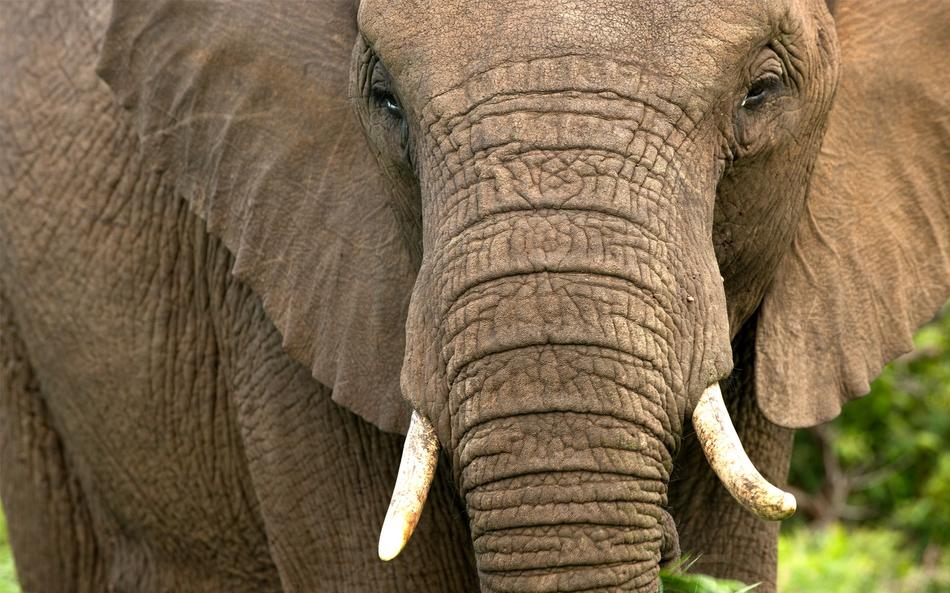

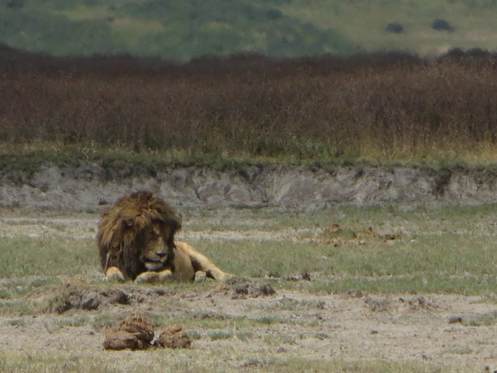
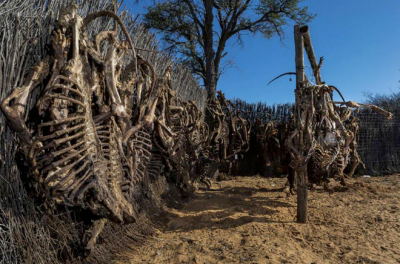
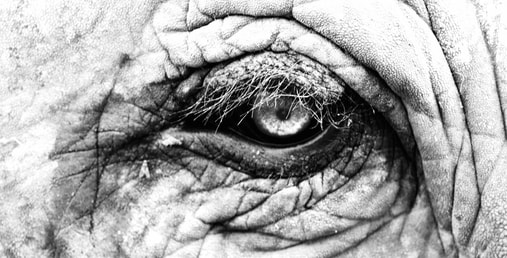
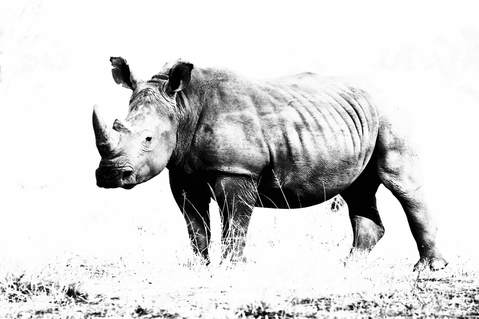
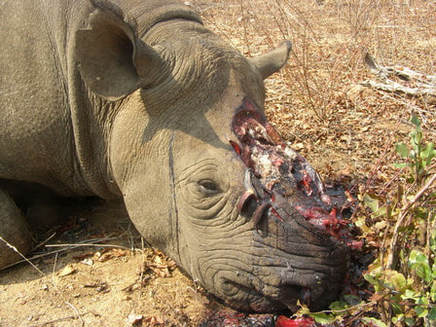
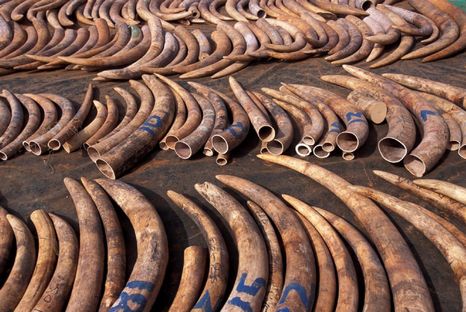
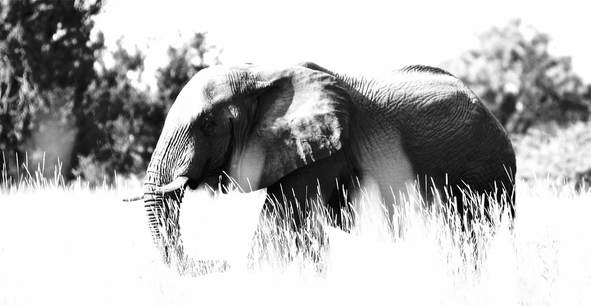
 RSS Feed
RSS Feed
